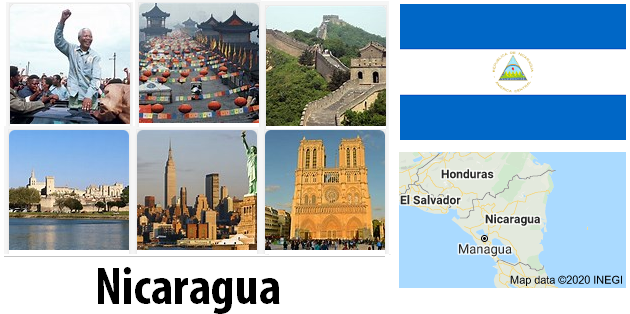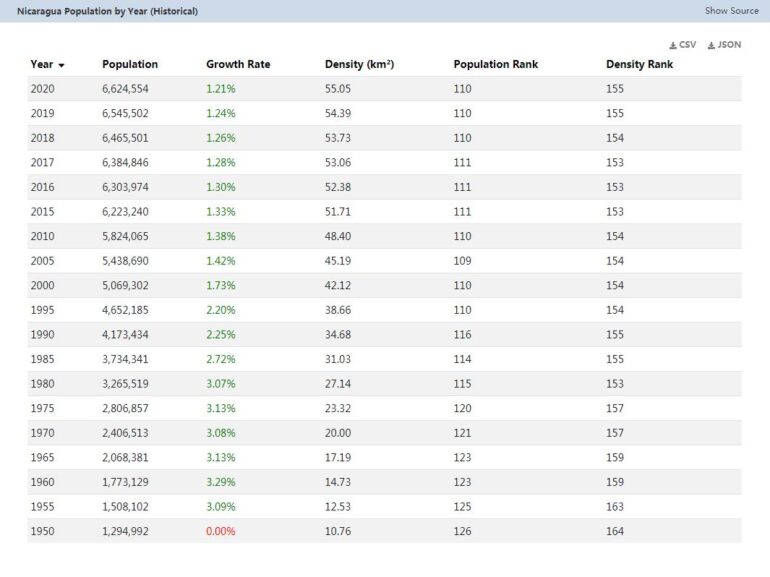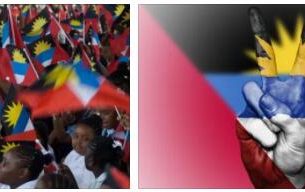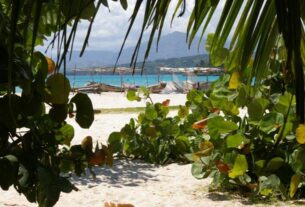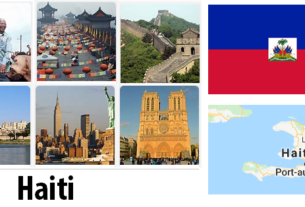Discovered by Columbus in the 4th voyage (1502), from 1522 it was crossed by Gil Gonzales de Avila, who left from the Gulf of Panama. He discovered the Cocibolca Lake, which he called Mar Dulce, today known as the Lake of Nicaragua.
In 1524 the governor of Castile d’Oro, Pedrarias d’Avila, sent Hernandez de Cordoba to occupy the village in his name; he also founded the cities of Granada and Leon; however, wanting to form his own property, he asked Hernan Cortes, Mexico’s cruel conqueror, for help. Pedriarias, who in the meantime had retired to Nicaragua, learned of this attempt, had Hernandez beheaded.
This territory was devastated and depopulated by the “conquistadores” who alternated in struggles and wars; Pedrarias eventually prevailed and on June 1, 1527 he was elected governor and captain general of Nicaragua.
In 1539 the town was added to the “Audiencia de los Confines”; then it was part of the “Spanish Capitaneria General of Guatemala” until 1560.
In the 17th and 18th century, Nicaragua, like all the countries of Central America, was subject to raids by buccaneers and corsairs, especially English. In 1643 the city of Matagalpa was sacked; in 1665 the Dutch pirate Jan Davis entered the city of Granada and plundered it; in 1685 the bold English navigator William Dampier, along with his buccaneers, sacked Leon.
At the end of the 18th century the liberal ideas spread by the French Revolution began to spread in Nicaragua, as indeed in the other colonies of Latin America; and so from 1811 to 1824 he participated in the uprising of the Spanish colonies against the metropolitan government, and became part of the “Confederation of Central American States”; from which he left in 1839 to form an Independent Republic.
But within Nicaragua, struggles had long been fought between the two top parties, the Liberal of Leon and the conservative of Granada. Each with a different trend as regards the country’s economy. Leon demanded greater development of trade in the Pacific and relations with Peru; Granada, on the other hand, was to encourage traffic on the Caribbean Sea and the Atlantic Ocean.
This state of affairs suggested to the Texan adventurer William Walker in 1855 an attempt to conquer Nicaragua to make it his principality. And for this, together with 58 North American filibusters, on June 16 he landed in Realejo, seized Granada and proclaimed himself President of the Republic. See Countryaah for population and country facts about Nicaragua.
In this venture he had been supported by Cornelius Vanderbilt, owner of the “Nicaragua Accessory Transit Company”, who had even provided free transport for many adventurers willing to help Walker.
But Walker, after abolishing slavery, took possession of Transit Company material making himself unpopular with Vanderbilt and planned to arrive at a military-style Federation, which the states of Central America did not like, which, all united, hurried in 1857 to drive him out of Nicaragua
From 1863 to 1893 they ruled the conservatives (“grenadinos”) with the help of the liberals and then, with the intent to end the constant struggles between Leon and Granada, they elected Managua as capital, located on the southern shore of the vast Xolotlan lake.
In 1876 there was an attempt, however unsuccessful, by J.. Rufino Barras, president of Guatemala, to take over Nicaragua, Costa Rica and Salvador, to establish dominance over Central America.
Thus there was a period of calm and prosperity. In 1893 the liberal Josè Santos Zelaya came to power and immediately established a dictatorship, which lasted until 1909.
As Barras already did, Zelaya also promoted the same attempt, which was unsuccessful and in 1907 Nicaragua did not join the Central American Union project sponsored by the United States and Mexico.
Also in that period, the United States, taking inspiration from the execution of two American subjects, broke off relations with Nicaragua. Later a revolution overthrew the dictator and the struggles and unrest resumed.
The United States in 1901, with the Clayson-Bulwer treaty, were invested with the faculty to intervene in the internal politics of the Central American states, therefore when Zelaya disappeared from the Nicaraguan scene, they reorganized the country’s finances and, after a riot by the 1911/12, they presided over it.
These relations with the United States were the background to the 1914 Bryan Chamorro agreement, which provided for the opening of a canal between the Atlantic and the Pacific in Nicaragua: the project, however, did not run, but the country linked to the treaty, he was to remain under the protection of the United States for 99 years, receiving a compensation of 3 million “pesos-gold”, which was to serve to reduce his disastrous public debt. This raised some alarm not only in the countries of Central America but also in those of South America which saw in this the expansionist imperialist aims of the United States.
This seemed to give reason to these suspicions precisely in 1924 when the United States sent one of their appointees to check that the elections were held without rigging and indeed with the intent to suggest how to vote. Furthermore, the United States refused to recognize both the government of General E. Chamorro, brought back to power by a revolution, and that of its political opponent JB Sacasa, in favor of which Mexico had expressed itself. The United States sent an occupation expedition of 6,000 men and as a consequence of this there was the election of Adolfo Diaz, a candidate from the United States. The result was a civil war between supporters of Diaz and Sacasa, always protected by Mexico. The President of the United States, C. Coolidge, intervened and eventually confirmed himself to the Diaz government,
This resolution was not shared by General Augusto Cesar Sandino who continued to keep the fight in the mountains alive. His followers were the well-known “Sandinistas”.
In November 1928 Josè Maria Moncada was elected who ruled well and in December 1932 the United States withdrew its troops.
In January 1933, the new president JB Sacasa convinced General Sandino to lay down his arms. These after a few days perished in the hands of his personal enemies.
In the spring of 1936 General Somoza, head of the National Guard, rose up against President Sacasa and forced him to resign. Until the end of that year there was a provisional government and then with regular elections in December General Somoza was elected president.
In 1937 Nicaragua was on the verge of a war with Honduras due to a publication of stamps on which territories appeared which Honduras instead claimed as its own. Through the intervention of the United States, Costa Rica and Venezuela, the war was avoided and the stamps were withdrawn from commerce. The dispute, however, continued for a long time.
Then a disastrous invasion of locusts lasting several months and the fall in the world price of coffee, caused a serious economic crisis that began to give some signs of improvement thanks to the treaties signed in 1938/39 with France, Great Britain and Italy. And the 2nd World War was on the threshold.
In 1939 General Somoza was elected for eight more years, who on the occasion of a visit to the United States reaffirmed his intention to open a canal between the two oceans. Then he settled a border issue with Salvador which was then settled with the San Juan River.
With the United States the question of debts was also defined (1938) and the railways nationalized.
The economic crisis worsened and relations with Germany were cut off with the collaboration program with the United States.
It was necessary to speed up the construction of the already planned “Pan-American road” between the two oceans, pending a real navigable canal, and thus it was possible to partially remedy the serious employment crisis. Then the United States also increased its aid by purchasing food; the production of rubber and textile fibers was improved; health conditions also improved with an adequate fight against malaria.
